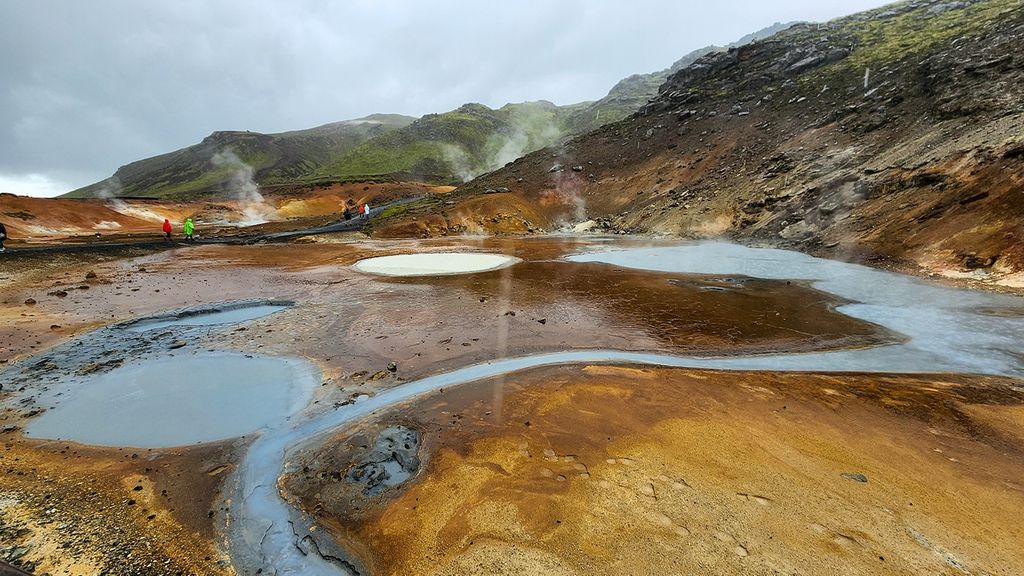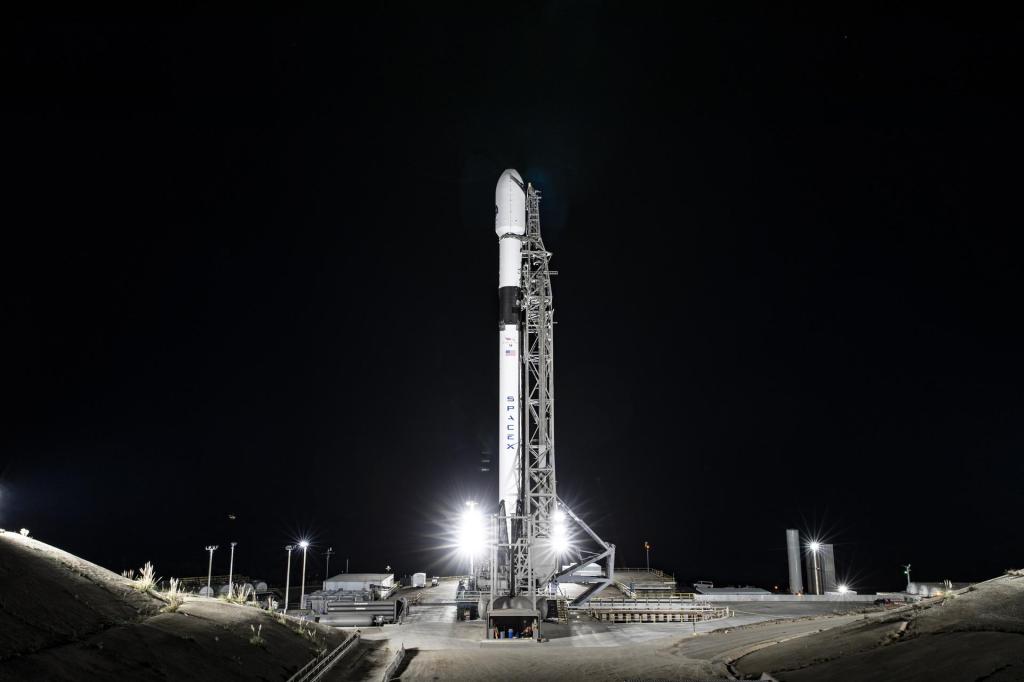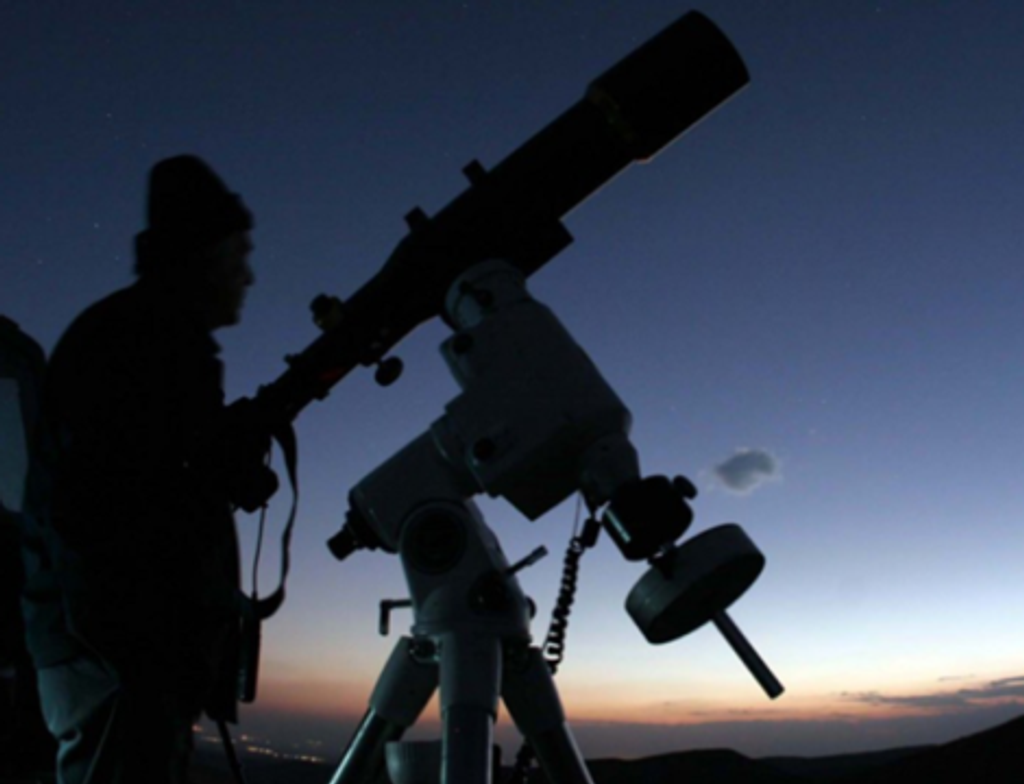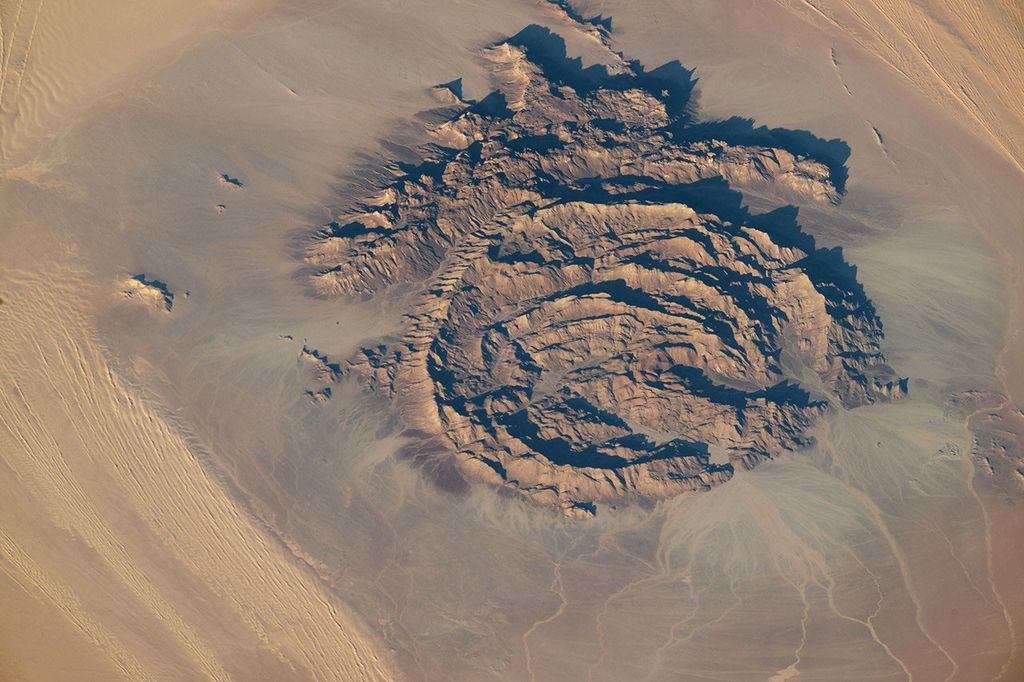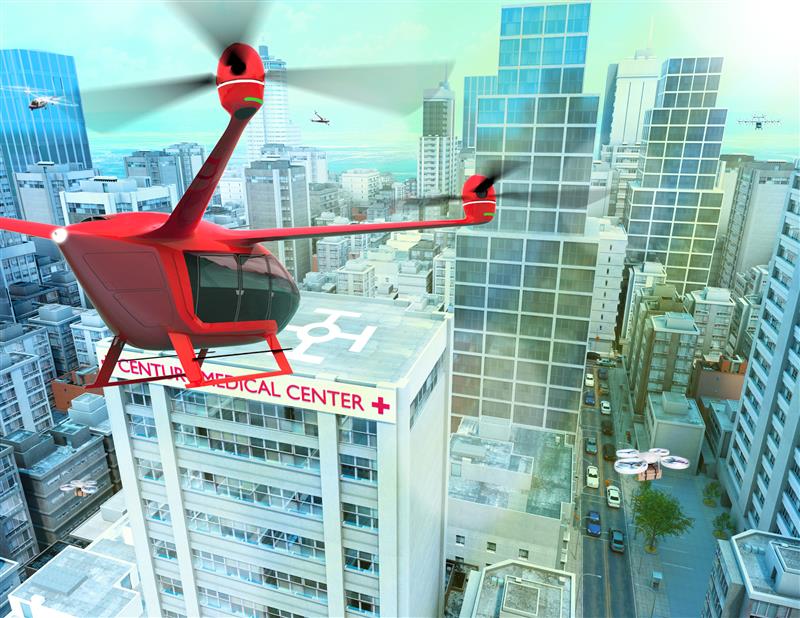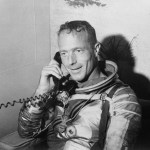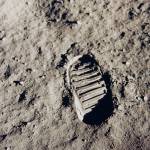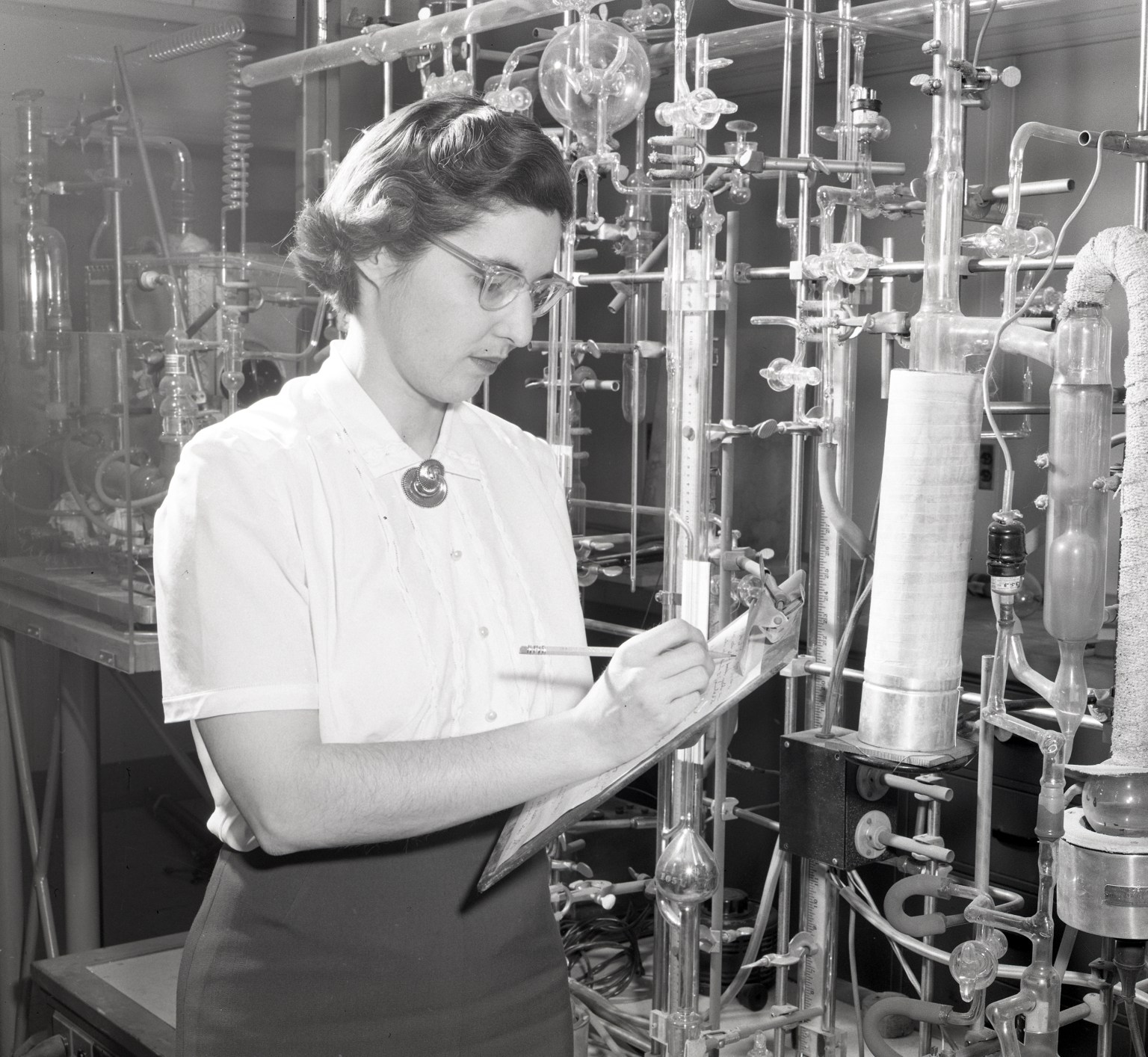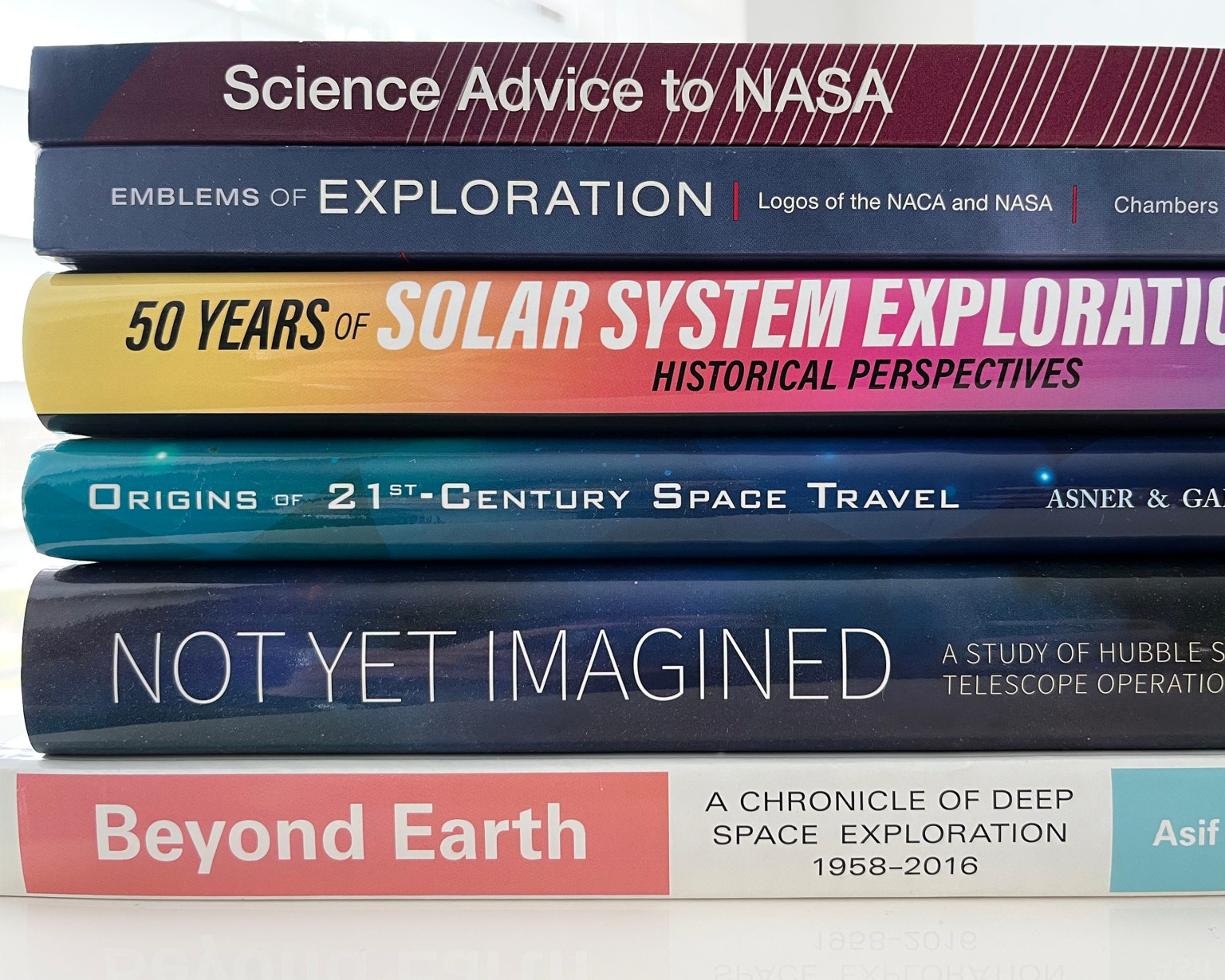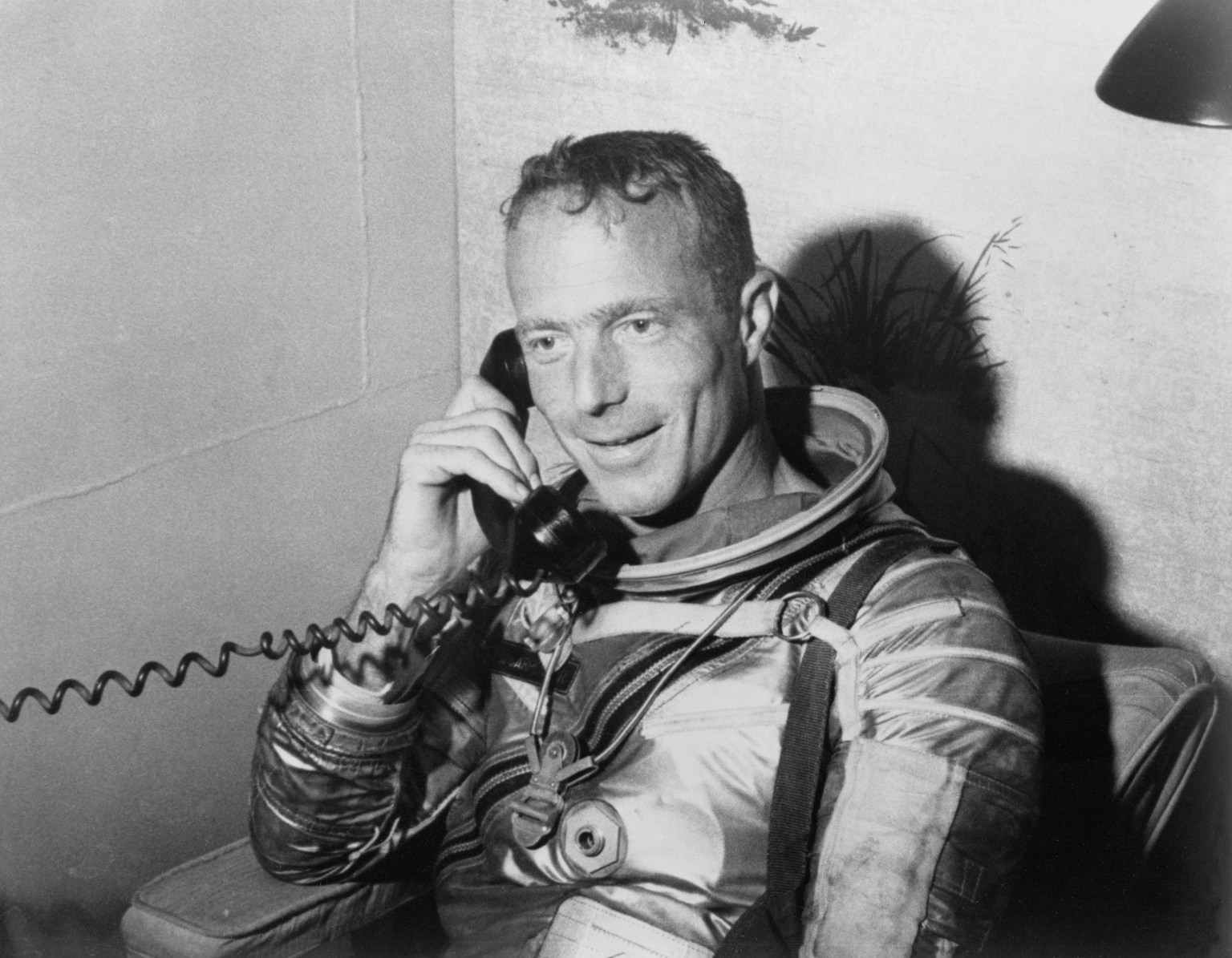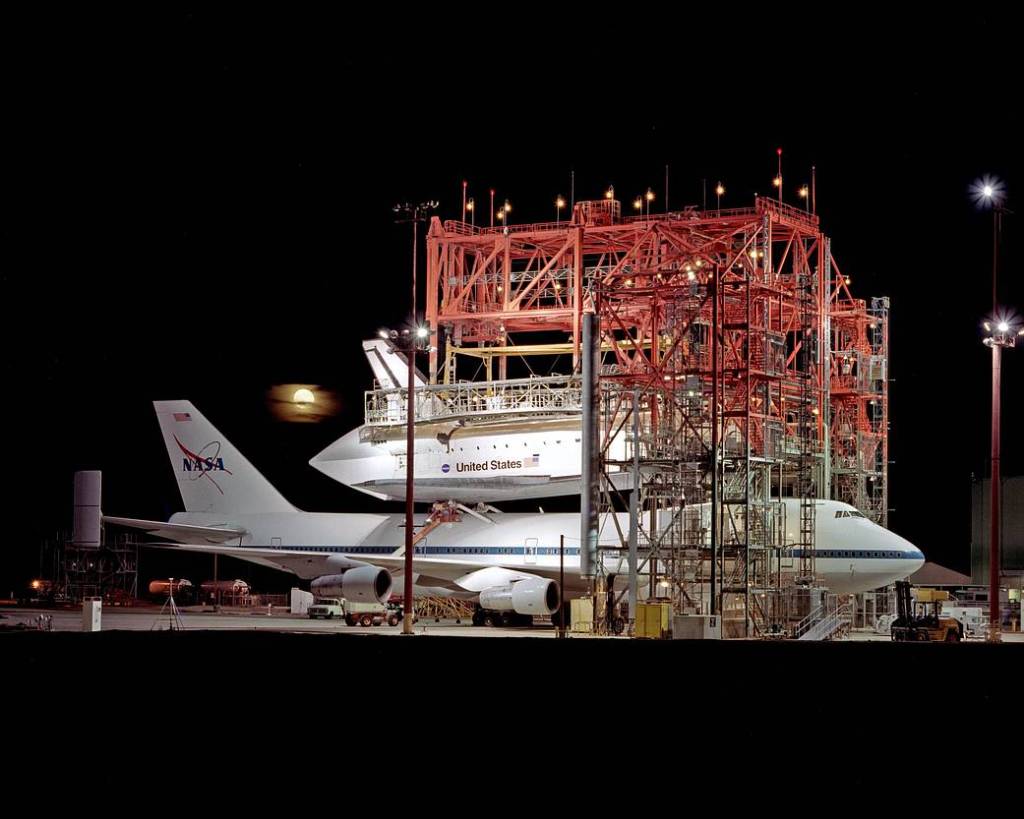
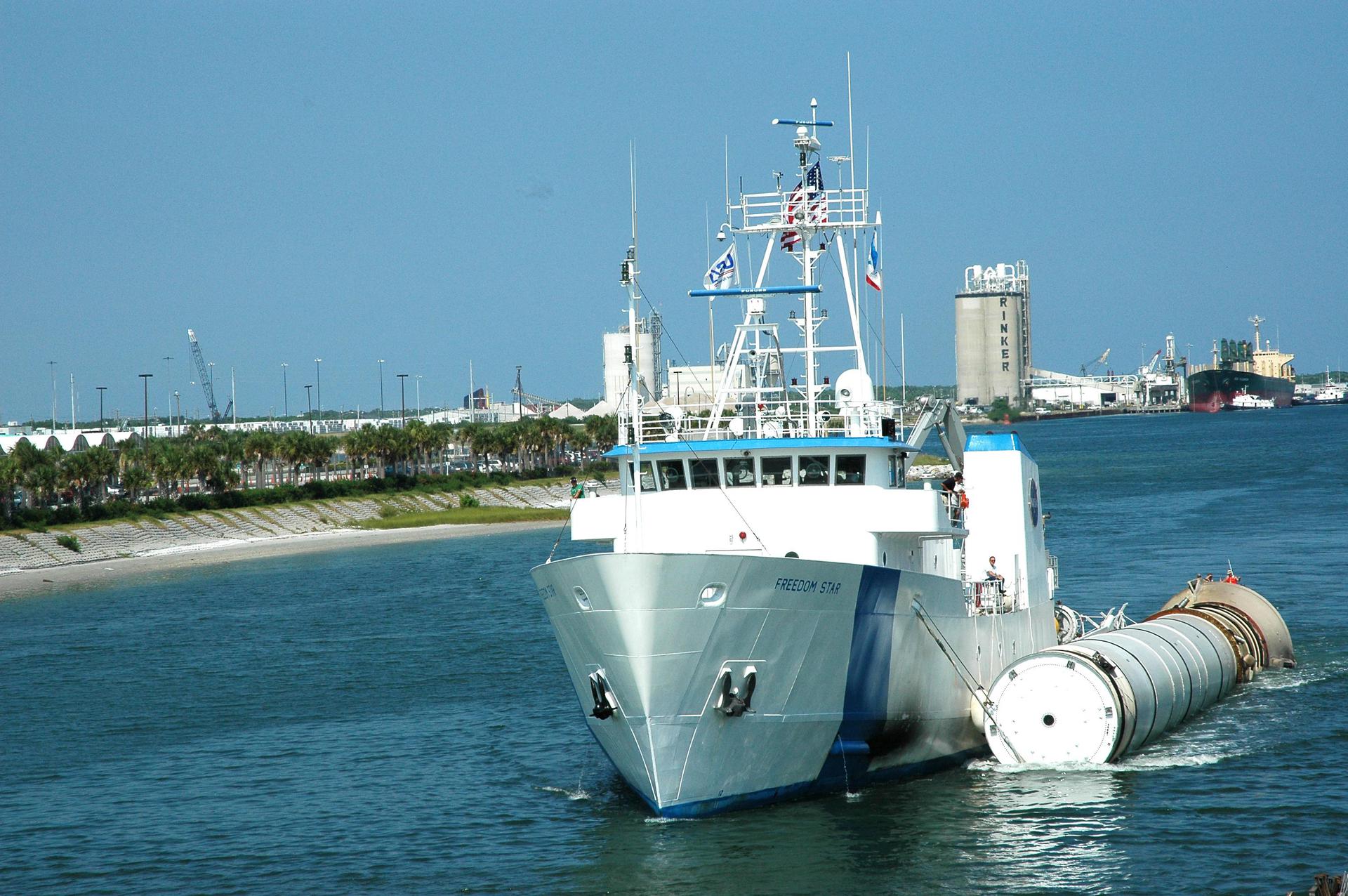
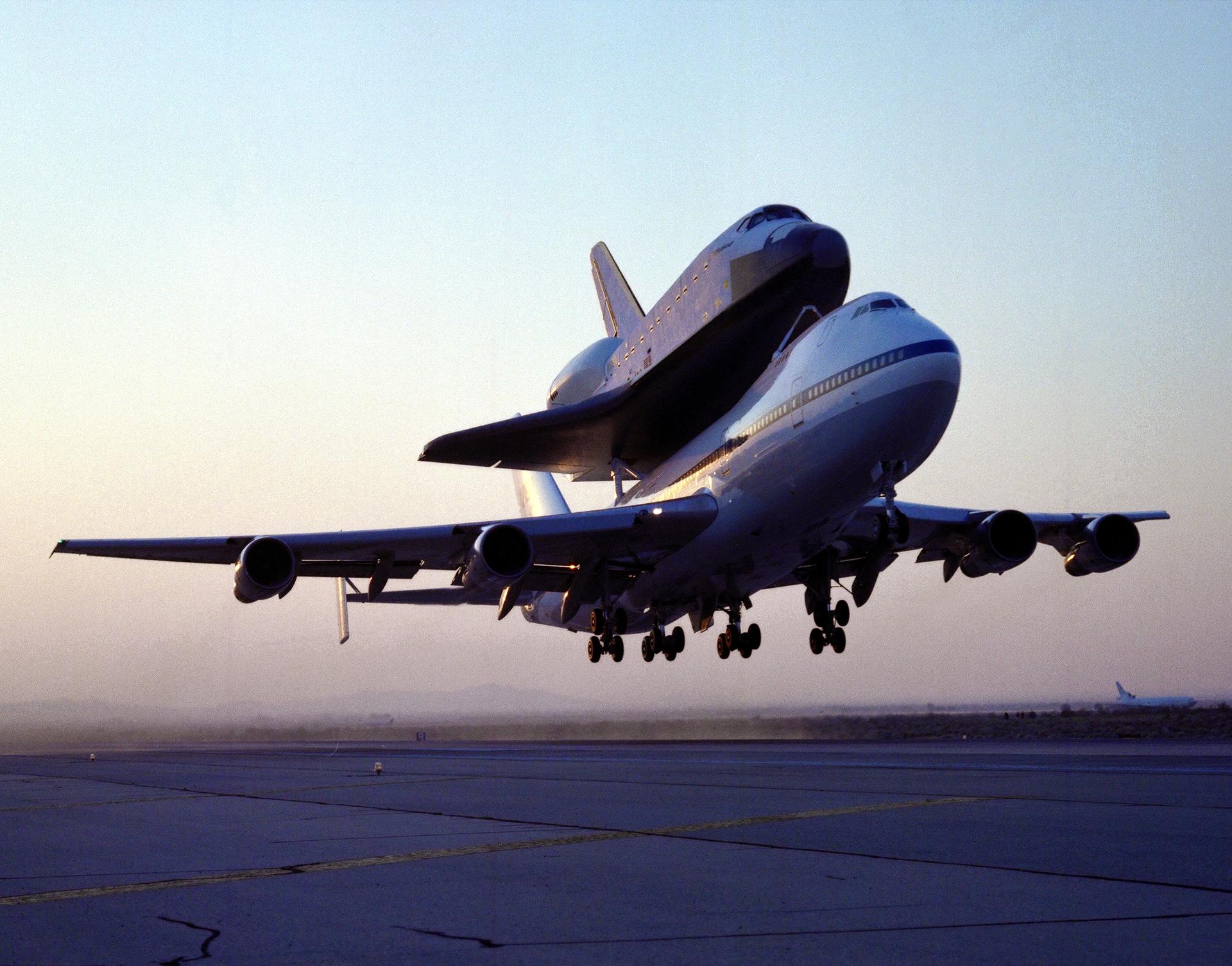
SCA and SRB Retrieval Ships
Oral Histories
The following interviews, captured at the end of the Space Shuttle Program, were an attempt to document the experiences of personnel working with the Space Shuttle Carrier Aircraft and the Solid Rocket Booster Retrieval Ships programs.
Oral Histories
SCA/SRB Oral Histories
The NASA History Office gathers first-hand experiences through oral history interviews from a variety of individuals serving in the NASA and contractor work force, eliciting details of procedures, processes, methodologies, rationale, and background of operations.
Titles listed reflect the positions that the subject held while involved with the program.
| Name | Interview Date | Titles |
|---|---|---|
| Arthur C. Bell | 4/16/12 | SCA Pilot |
| Joseph P. Chaput | 7/13/11 | Manager, Marine Operations, Kennedy Space Center, FL |
| Larry F. Collins | 4/10/12 | SRB Recovery Team, Dive Supervisor |
| Manny DeLeon | 4/10/12 | SRB Recovery Team |
| Ronald E. Feile | 4/12/12 | Shuttle Landing Facility (SLF) Lead Air Traffic Controller, SLF Operations Coordinator |
| John C. Fischbeck | 4/11/12 | SRB Recovery Team |
| David S. Fraine | 4/10/12 | SRB Recovery Team, Master of Freedom Star |
| Thomas R. Friers | 4/13/12 | Chief, Flight Operations, Kennedy Space Center, FL |
| Roberto E. Galinanes | 4/17/12 | SCA, Mate/Demate Crane Operations |
| Arvid C. Knutson | 4/13/12 | SCA, Mechanic |
| John W. Kiker | 5/5/1999 5/12/1999 (SCA development) | Chief, Mechanisms Branch, Spacecraft Design Division, Engineering and Development Directorate |
| Larry R. LaRose | 4/12/12 | SCA Flight Engineer |
| Jeffrey L. Moultrie | 4/12/12 | SCA Pilot |
| John A. Mullen | 4/11/12 | SRB Recovery Team |
| Donald J. Swem | 4/17/12 | SCA, Mate/Demate Crane Operations |
| Richard P. Tubridy | 4/10/12 | SRB Recovery Team |
Space Shuttle Carrier Aircraft
NASA modified two Boeing 747 wide-body jumbo jets that were used as Space Shuttle Carrier Aircraft (SCA) to ferry orbiters back to the Kennedy Space Center after landing for post-flight servicing and also to and from other locations and centers. The two SCAs were under operational control of NASA’s Johnson Space Center in Houston, Texas.
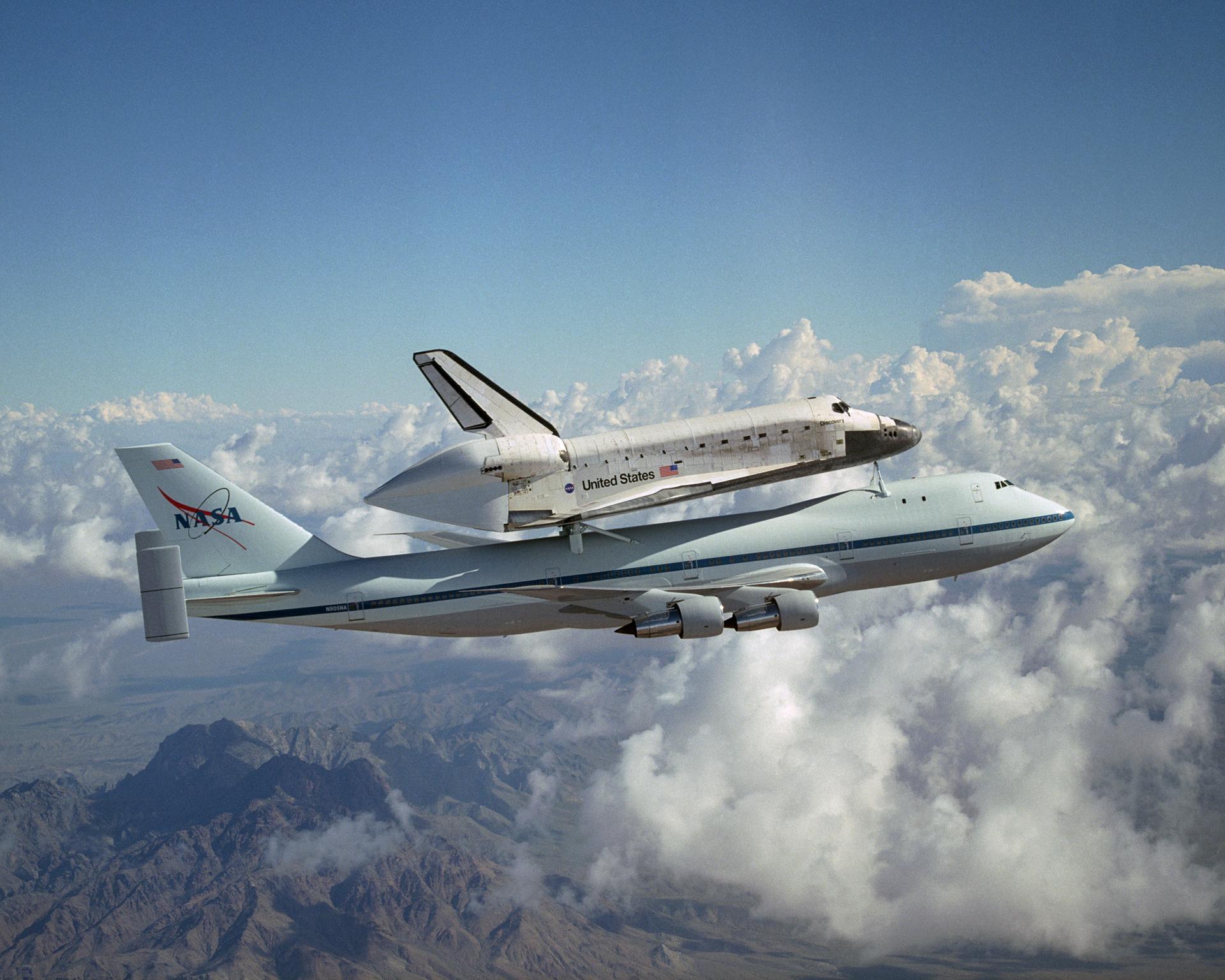
SRB Retrieval Ships
To make space shuttle launches as economical as possible, the reuse of flight hardware was crucial. Unlike rocket boosters previously used in the space program, the space shuttle’s solid rocket booster casings and associated flight hardware were recovered at sea. The expended boosters were disassembled, refurbished and reloaded with solid propellant for reuse. The two retrieval ships which performed the booster recovery, the Liberty Star and Freedom Star, were unique vessels specifically designed and constructed for this task. Owned by NASA, the Freedom Star and Liberty Star were built near Jacksonville, Florida., at the Atlantic Marine Shipyard on Fort George Island in 1980.
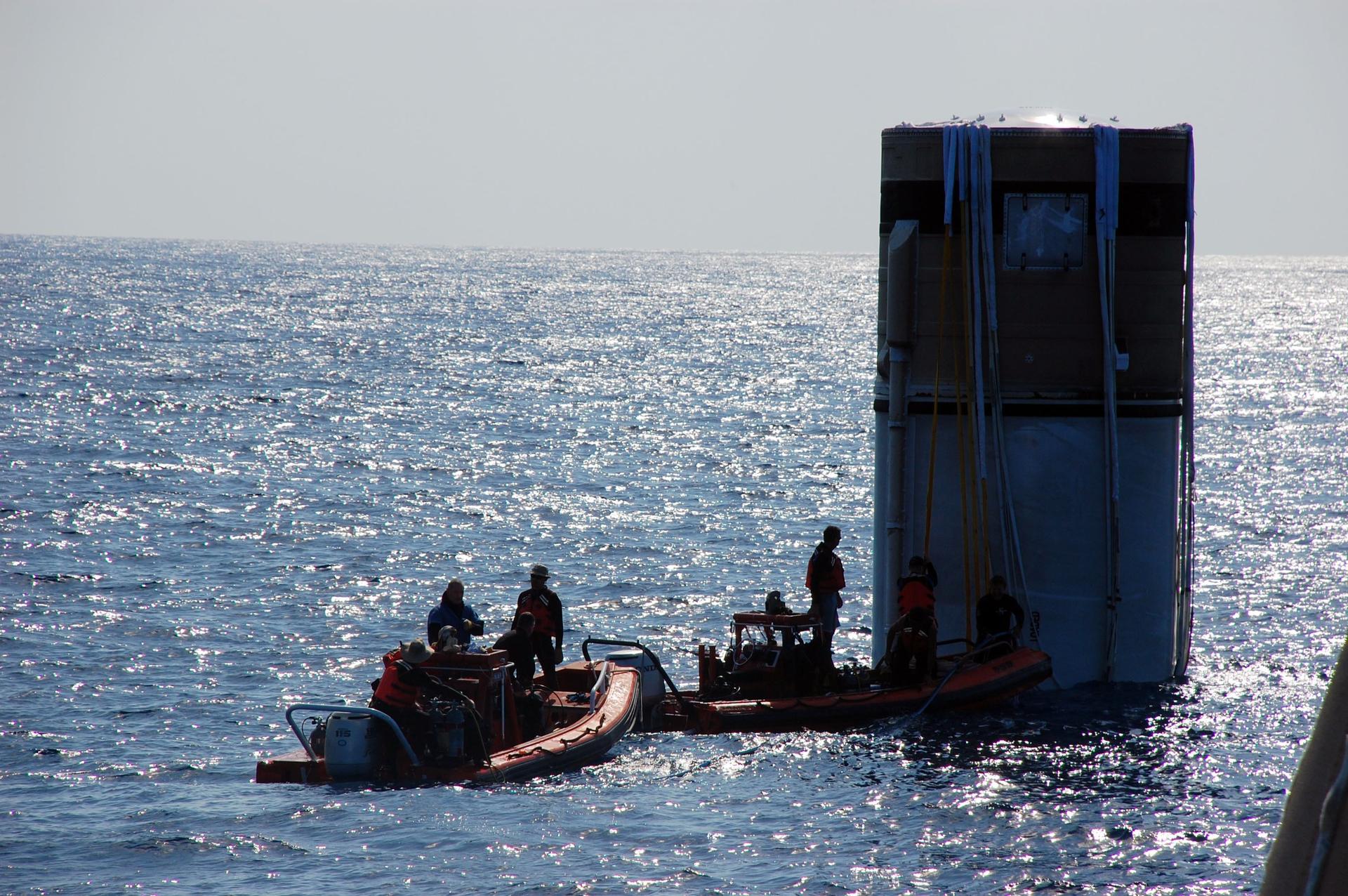
Shuttle Carrier Aircraft
Born from a problem: how would NASA transport a shuttle from the landing site in California back to Florida for servicing? Solved by a NASA engineer: John W. Kiker and his team used their talent and aircraft models to prove that a shuttle could be attached to a modified 747 and flown safely across the country. View this video about the development and history of NASA’s SCA. Kiker’s oral history transcripts are available on this page.
Learn More About NASA's SCAMore NASA Oral Histories

STS Recordation Oral Histories
This effort involved the collection of history from key individuals formerly associated with the agency’s Space Shuttle Program, focusing on the Orbiter and its related components. These interviews focus on design, hardware evolution, and changes in response to the two Space Shuttle accidents.

Space Shuttle Tacit Knowledge Capture Oral Histories
The Space Shuttle Tacit Knowledge Capture Project effort include interviews with former key members of the Space Shuttle Program. The interviews reflect details of critical program decisions, information on management tools and processes, and lessons learned from areas of expertise.
Recovery of SRBs
View a high-definition video of Kennedy Space Center’s SRB retrieval ships recovering segments from the Atlantic Ocean following the STS-133 launch, February 24, 2011.
Learn More About the SRB Retrieval Ships







